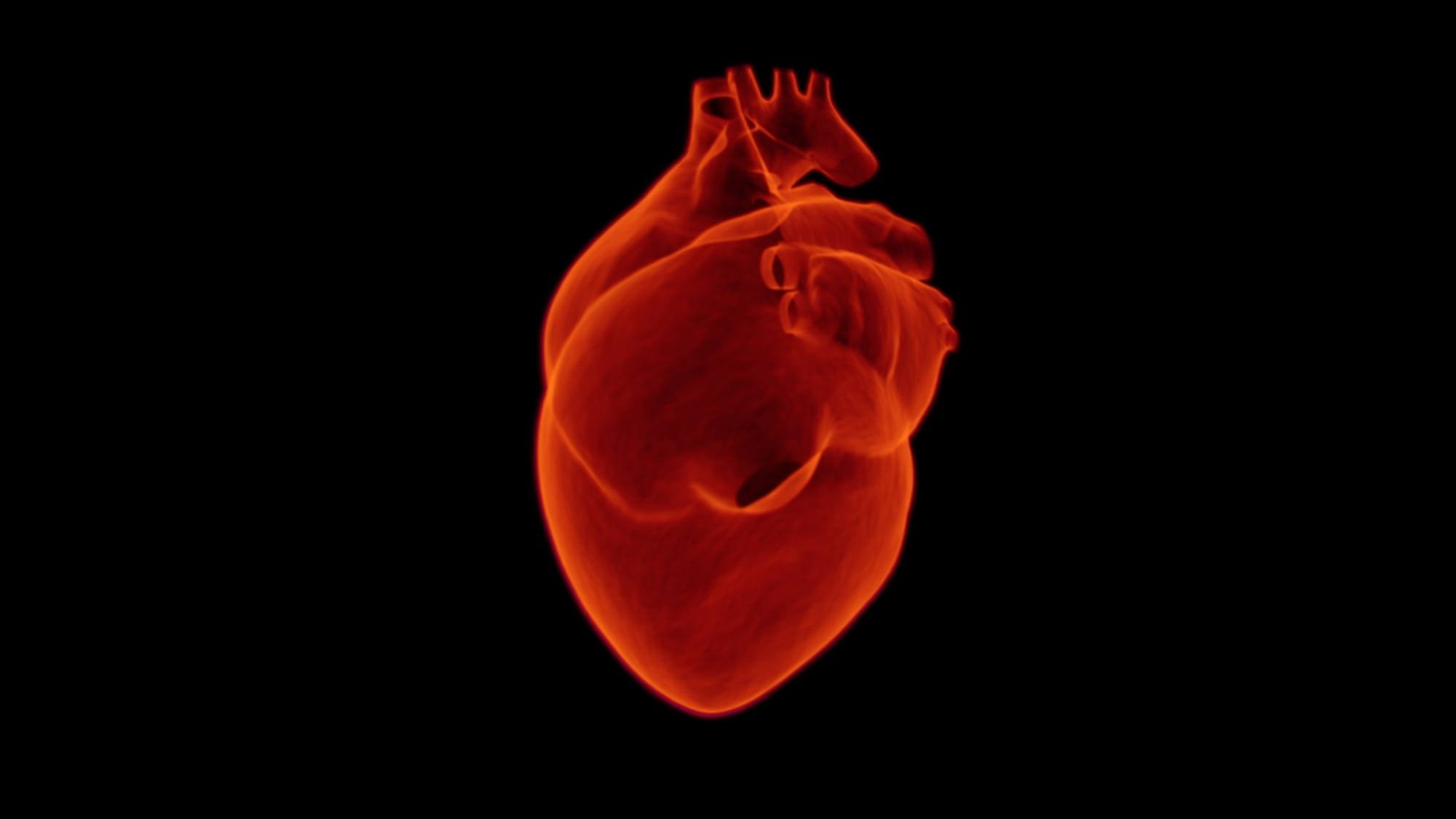Did you know that the average human heart weighs between eight and twelve ounces and is no larger than your fist?
Despite the small size of the human heart, it is strong enough to pump blood through your body day and night for your entire life. Unfortunately, many people don’t realize how this fascinating organ works. In fact, each of the four heart chambers has its own unique function.
If you’ve been wondering “how do heart chambers work?” keep reading, and we will tell you everything that you need to know.
How Does the Heart Work?
The heart’s job is to keep blood moving through the body. It also controls your heartbeat and maintains your blood pressure at the right level.
The heart works with other important organs such as the nervous system, which sends information to your heart to tell it to speed up when you’re active and to slow down when you are at rest. The Endocrine system sends hormones throughout the body.
The most important parts of the heart include the walls, chambers, valves, and blood vessels.
The Chambers of the Heart
The four chambers of the heart include the right atrium, the right ventricle, the left atrium, and the left ventricle. The two atria are very narrow cavities that take in blood from the body’s capillaries, veins, and arteries. The ventricles have more robust barriers. Their job is to pump blood away from the heart.
How Do Heart Chambers Work?
It’s the right atrium that takes in blood with a low oxygen content that arrives from systemic veins. The left atrium’s role is to receive blood that is rich with oxygen, which comes from the lungs.
There are two larger veins that are responsible for bringing blood to the right atrium. One of them brings blood from the upper body. The other brings blood from the lower body.
Blood gets pushed from the right atrium to the right ventricle. This cavity moves blood that is low in oxygen to the lungs. Once the blood reaches the lungs, it takes in oxygen before getting pumped back through the heart.
Within the heart, it passes through the left atrium and the left ventricle. The left ventricle is bigger than the right ventricle. Its job is to move oxygen-rich blood to the rest of the body.
There are many types of heart issues that influence how the chambers work, and there are different types of pacemakers that can help the heart function correctly.
Each of the Heart Chambers Has a Unique Purpose
If you are wondering how the heart chambers work, keep in mind that the left atrium and ventricle pump oxygenated blood to the rest of the body. The Right atrium and ventricle take in the blood that has a low oxygen content.
If you want to find out more about how the body’s vital systems function, be sure to check out the Health section of our blog.







